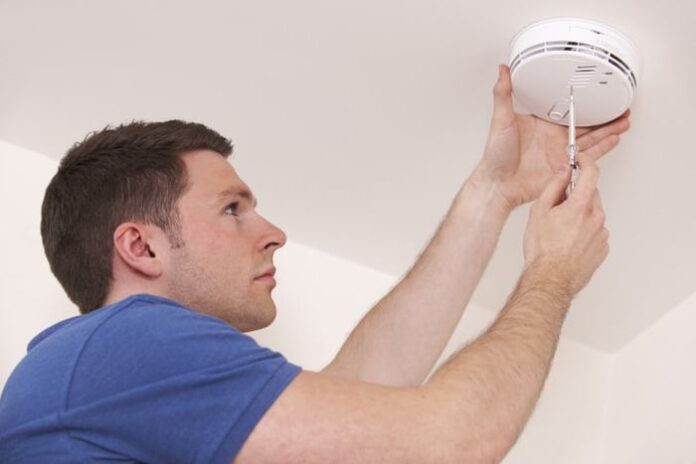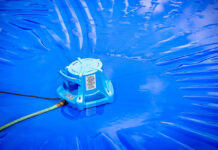Do you worry about the safety of your home and family? Carbon Monoxide is an odorless and colorless gas that can be hazardous if you don’t have a carbon monoxide detector installed. In this guide, you will learn how detectors work to keep your home and family safe.
The Dangers of CO
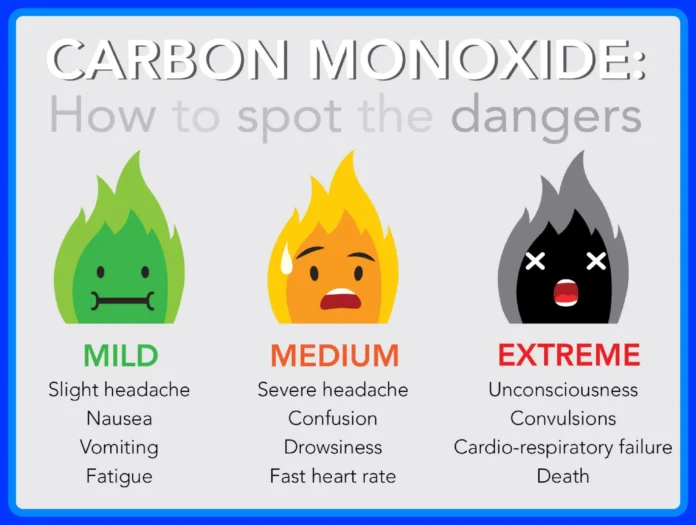
Carbon monoxide (CO) is a colorless, odorless gas produced by burning fuel. Natural gas, gasoline, wood, kerosene, and propane are some common sources of this potentially lethal gas. Ingesting large amounts of CO in a short period can cause permanent damage to the organs and eventually death.
Symptoms associated with CO poisoning include headaches, dizziness, nausea, vomiting, shortness of breath, and confusion. If anyone in your household experiences these symptoms within your home or business facility it is important to take action and evacuate immediately as CO is deadly within minutes when exposure levels are elevated.
How Carbon Monoxide Detectors Work
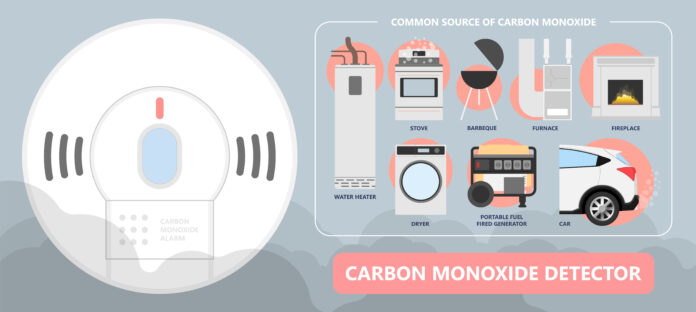
The detector works by measuring the level of carbon monoxide in the air and sounding an alarm if it passes a certain level. Carbon monoxide detectors use one or two different technologies to detect CO: electrochemical cells or metal oxide semiconductors.
Electrochemical cells measure the amount of CO molecules that have passed through a specially treated chamber and generate an electrical current based on the amount it detects. This current activates an alarm when unsafe levels are reached. Metal oxide semiconductors work by heating a small piece of metal oxide material which reacts to carbon monoxide and causes it to switch from low resistance to high resistance. When this transition occurs, an alarm is triggered.
Both types of detectors require regular maintenance and replacement due to their sensitivity structure and issues that may rise as Home Safety Point warns. As a general rule of thumb, both types will require replacement every three years for optimal safety performance against CO exposure in your home or workplace.
Types of CO Detectors
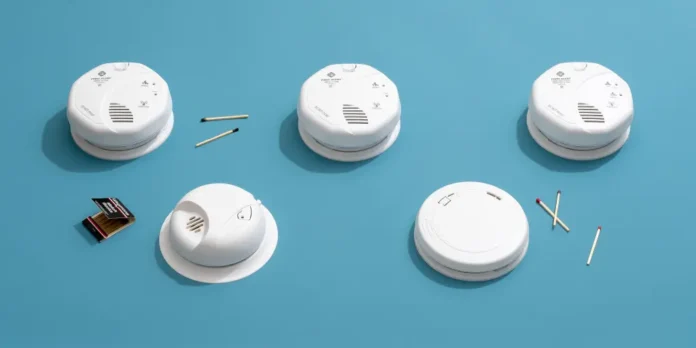
Carbon monoxide detectors come in two basic types – battery-operated and hardwired. Battery-operated units are usually triggered by an audible or visual indicator when dangerous levels of carbon monoxide are detected and tend to be less expensive than hardwired detectors. Battery-operated models need to be occasionally checked and may need to have the batteries replaced multiple times during their lifespan. You must check your detector regularly for proper functionality, as the battery power tends to diminish over time even when not in use.
Hardwired carbon monoxide detectors are permanently installed within the home wiring system, usually adjacent to a heating appliance such as a furnace or other fuel-burning system of appliance. They are connected through hardwiring to the home’s power system, which eliminates the need for a readily available power source such as batteries. Hardwired units may include backup battery systems in model products, which provide reassurance that protective measures will remain active in constant operation even if there is a power outage or interruption of service.
Where to Place Them?
The optimal location for CO detectors is against an interior wall near sleeping areas and at least 10 feet away from combustible appliances, or any other potential sources of the gas such as a furnace or water heater. It is also recommended to have a CO detector installed outside of each separate sleeping area, on every level of the home, including basements and attics.
CO detectors must be placed away from sources of humidity or condensation as well as drafts created by windows and/or ventilators; they should be installed on the ceiling or high up on walls to avoid being blocked by furniture. When mounting CO detectors in tight spaces like hallways or stairwells, make sure they are placed at least 6 inches away from corners due to air currents making their way through those areas. To ensure safety for those living with hearing impairments, audible alarms should be connected to other means of notification such as vibrating paddles and flashing lights.
It’s essential to change batteries regularly in your CO detector and remember that these appliances don’t last forever; after five years most models need replacing and should be replaced immediately if you hear sporadic beeps as this indicates low battery levels. Intermittent flashing lights may indicate that there is an abnormally high concentration of carbon monoxide in your home which requires immediate evacuation – if you hear these signals do not delay!
How to Respond to a Carbon Monoxide Alarm?
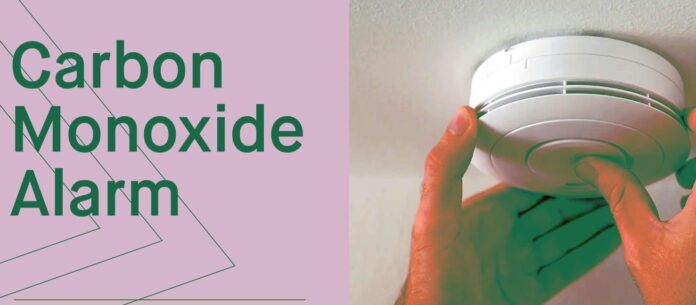
A carbon monoxide (CO) alarm sounding in your home is a serious matter and requires immediate action. Here are the steps to take if your CO detector goes off:
- Evacuate: If the alarm sounds, leave your home immediately. Do not waste time investigating the source of the carbon monoxide or trying to turn off the alarm.
- Call for Help: Call 911 or your local emergency services from a safe location outside the home. Tell them you have a carbon monoxide emergency and follow their instructions.
- Open Windows and Doors: If it’s safe to do so, open windows and doors to ventilate the home and reduce the levels of carbon monoxide.
- Seek Medical Attention: If anyone in the home is experiencing symptoms of carbon monoxide poisoning such as headaches, nausea, or dizziness, seek medical attention immediately.
- Don’t Re-enter the Home: Only re-enter the home once emergency services have deemed it safe to do so. Do not turn on any appliances or utilities until they have been inspected and deemed safe by a professional.
Remember, carbon monoxide is a silent and potentially deadly gas. It’s important to take any alarm seriously and follow these steps to ensure the safety of yourself and your loved ones.
Conclusion
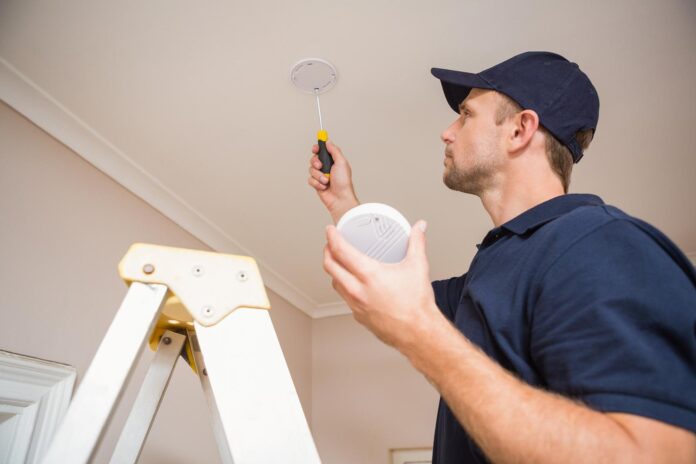
In conclusion, homeowners need to understand the importance of carbon monoxide detectors and their ability to alert individuals to the presence of this potentially hazardous gas. By installing a detector in their homes, homeowners can feel confident that any accumulation of CO in their homes will be noticed and dealt with promptly, reducing the chances of any associated health issues.
Additionally, regular testing of detectors should be done to ensure that they are working correctly.
Finally, it is important for homeowners and all occupants of a home to be aware of potential sources of CO and safety tips for avoiding and detecting high CO concentrations.
